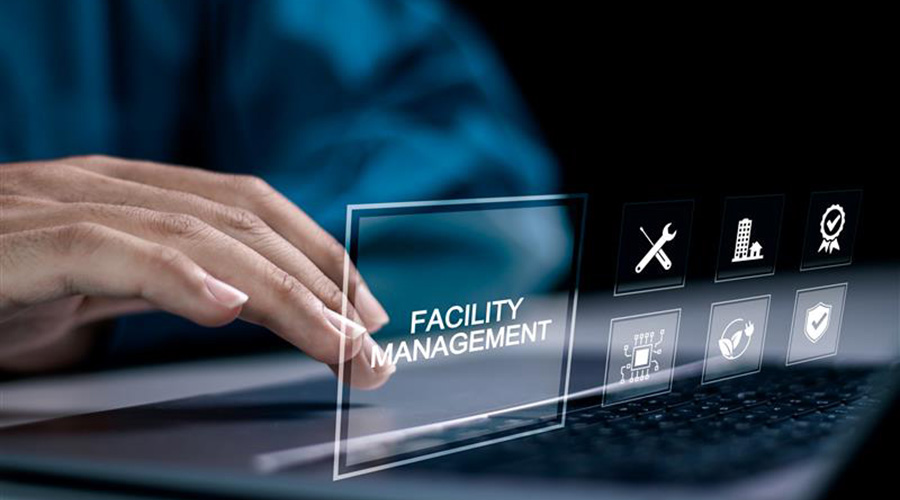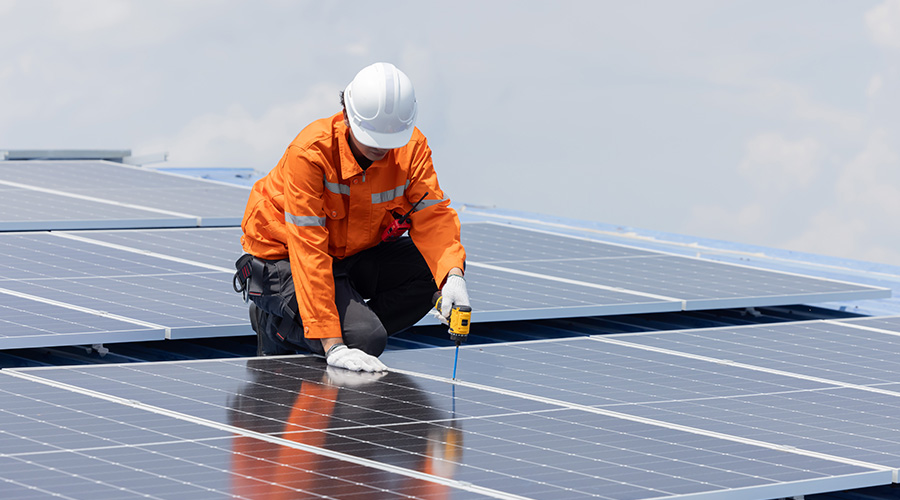Success With Solar Roofing System Starts Long Before Installation
As institutional and commercial facilities seek alternative sources of energy in the face of rising utility costs, maintenance and engineering managers in these facilities are seeing an increase in the number of photovoltaic (PV) systems installed on rooftops. One often-overlooked issue facing managers relates to the post-installation inspection and maintenance requirements for roofing systems and rooftop PV arrays to ensure both components deliver long-term performance and energy efficiency.
During the design and installation phase for the PV system, many discussions take place related to return on investment and payback. Of course, these long-term, monetary projections include some difficult assumptions. One big assumption is a long service life for the rooftop PV system.
The PV system's longevity and success implies a long-term successful roof system underneath it. But with the installation of a rooftop PV system, the roofing system becomes more than just a roof. It becomes a permanent platform for the continuous operation, service and maintenance of the PV system that still requires its own ongoing maintenance and repair.
Managers must consider a number of issues in order to ensure the long-term success of a rooftop PV system. Proper design, quality materials, skillful installation and regular maintenance are four key components to a successful rooftop PV system installation.
Proper Design
The first step in the successful installation of a rooftop PV system is to ensure the underlying roofing system is compatible with the intended PV system or that it can be upgraded for use with a PV system. For a rooftop PV system, the process of integrated design — having all parties involved with a project, including maintenance and engineering, at the design table — requires knowledge of both the roofing and PV industries.
Having the right people at the design table helps to create a proper path from design to installation to maintenance. To ensure a successful design, managers need to:
- make sure the roofing system will provide at least 20 additional years of useful service
- specify a cover board as a substrate for the roofing membrane in order to prevent damage and to protect the energy-efficiency properties of the roof insulation
- match the roof membrane's thickness and proven performance to the required service life of the PV system
- use construction details that are well established and meet the manufacturer's requirements
- elevate framing and conduits above the roof surface to promote drainage, which considerably reduces the potential for leaks
- design penetrations with round framing so flashing installations are more effectively and efficiently installed
- install sacrificial membranes or walkways at critical traffic locations
- provide additional membrane layers or coatings at flashings to increase durability
- engage qualified professionals during the design and planning phase to ensure compliance with all building codes and safety regulations
- make sure the rooftop PV system installation does not compromise the roofing system's warranty
- make sure that the roofing system's manufacturer has accepted all PV system details — especially attachments and penetrations — if not during the design stage, at least prior to starting the PV installation on the rooftop.
Related Topics:














